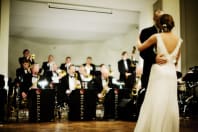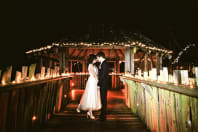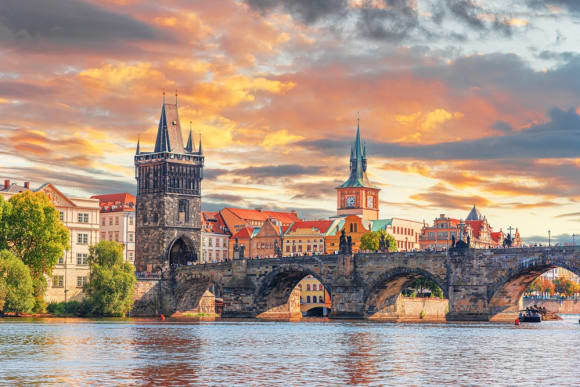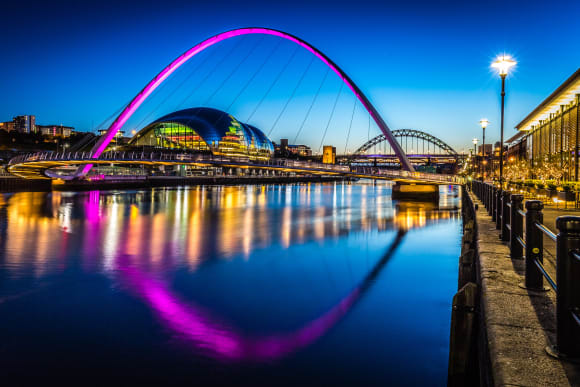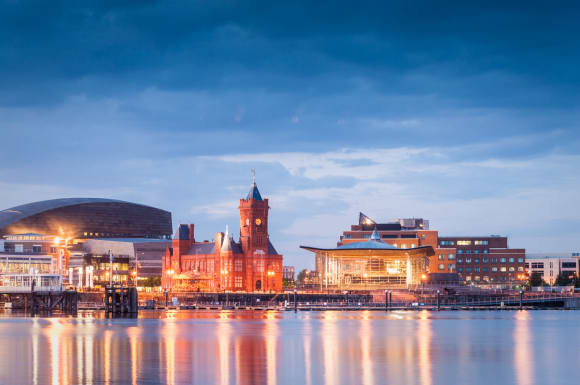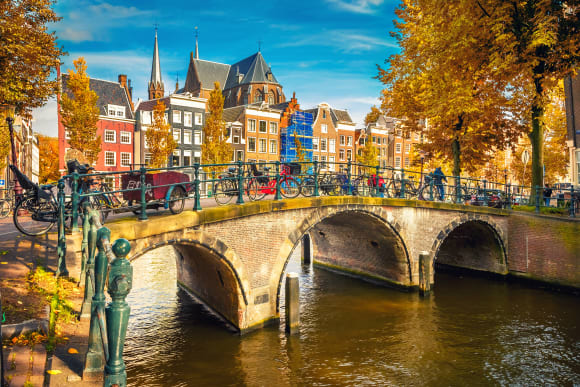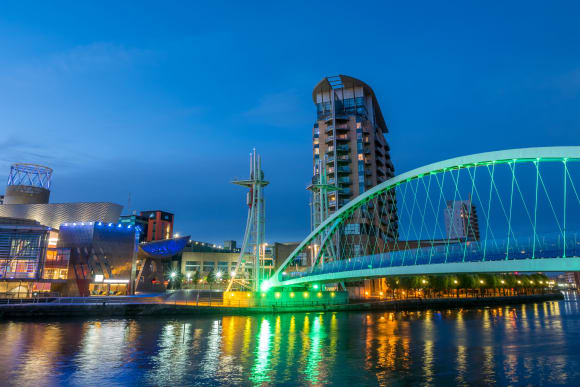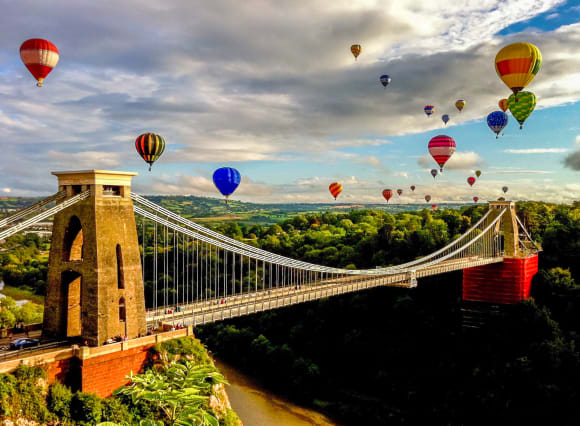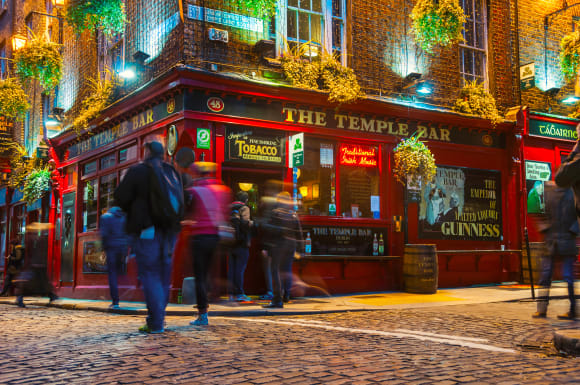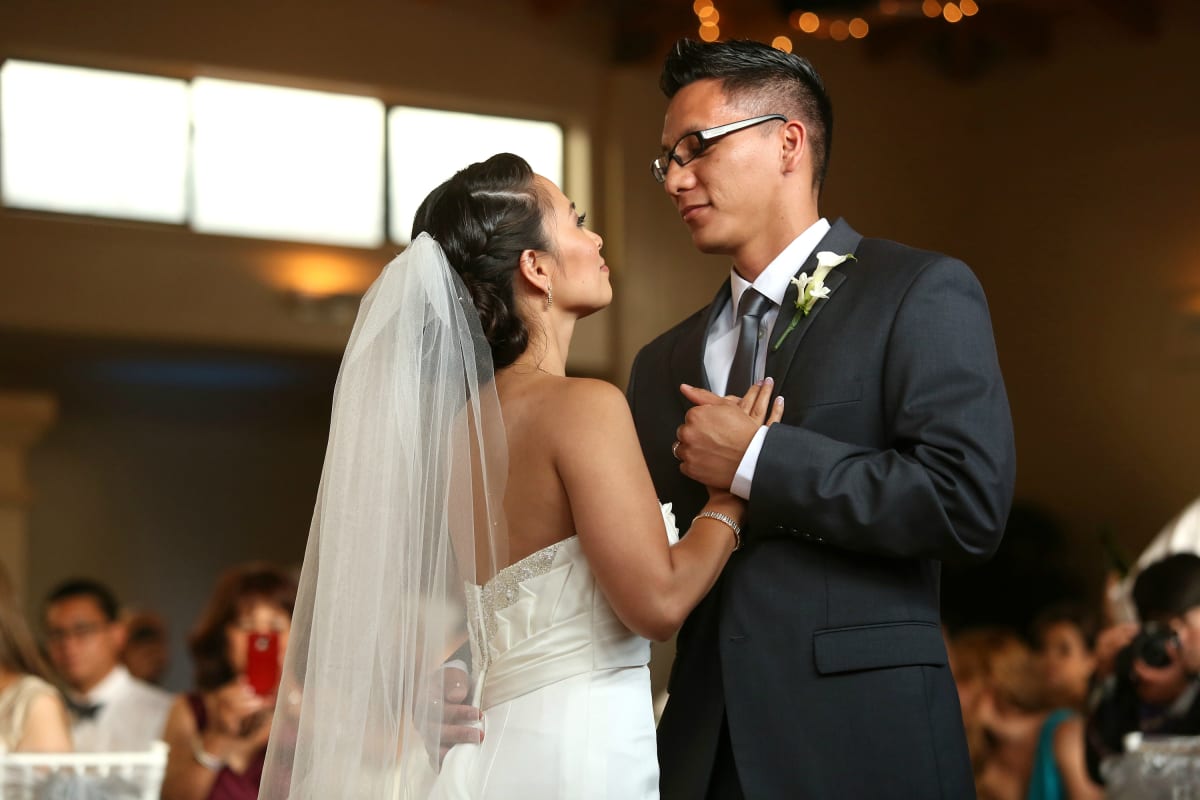
Ed Sheeran and John Legend might just be the most prolific wedding crashers in modern history. Two of Sheeran’s ballads, Thinking Out Loud and Perfect, along with Legend’s All of Me, are currently the top choices for a newlywed couple’s first dance - but that’s sure to change as the times and our traditions enter this new decade.
Wedding dances date all the way back to 16th-century European royalty. Guests would honour their newlywed king and queen by gliding across the ballroom, as the couple sat and politely watched. It was a tradition full of pomp and ceremony, reserved solely for the aristocracy.
It wasn’t until centuries later that cutting shapes became more widespread. The working class started to put the focus of dancing on the newly married couple (who typically hosted weddings in the bride’s family home, rather than lavish ballrooms). What type of dance? In 1800s England, even the waltz was considered scandalous. In her book Etiquette, published in 1922, author Emily Post observed: “On leaving their table the bridal party begin the dancing—or possibly join the dancing which by now has started in the living room or wherever the wedding group received. The bride and groom dance at first together.”
For decades, traditional wedding etiquette prevailed: the first dance took place at the reception, shortly after dinner. As time passed, the first dance song became more reflective of the here and now. Long before the Internet and music-streaming services, couples found inspiration from the silver screen. Baby boomers gravitated towards romantic songs from films: Frank Sinatra’s The Way You Look Tonight from Swing Time, Unchained Melody and Etta James’At Last, featured in Sun Valley Serenade dominated wedding halls for decades.
As the Internet became mainstream, tech started opening brides and grooms to a new world of inspiration. Slowly but surely, wedding receptions began to break free from buttoned-up convention. Couples started choosing more unconventional ballads like rock and country, such as Aerosmith’s wildly popular I Don’t Want To Miss A Thing.
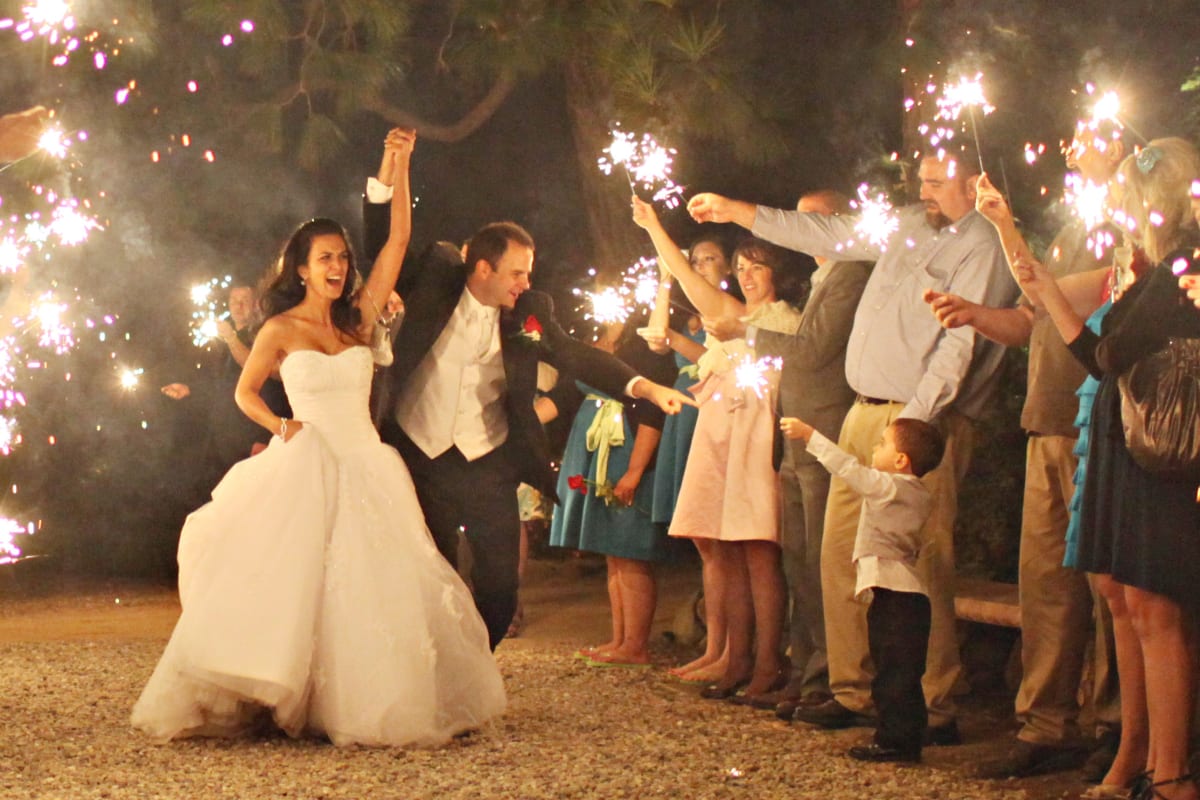
It wasn’t until the last decade that the first dance was totally turned on its head. Sure, plenty of brides and grooms still awkwardly shuffle side by side on the dance floor, but others are making the first dance a full-on choreographed performance, underpinned by months of professional lessons.
Browse through YouTube and you’ll see romantic waltzes that morph into flashmobs of bridal attendants and groomsmen dancing in formation, and full-on recreations of scenes from movies. Social media undoubtedly amps up the aspiration to become a viral sensation.
When a British couple performed an African-inspired routine at their wedding (reflecting the groom’s Nigerian roots) it netted more than eight million views. More importantly, the wedding guests went wild witnessing this marriage of culture and tradition - a prime example of how more and more couples are putting their individual stamp on proceedings.
Even modern-day royalty is making surprising choices. Digging into their reams of data, Spotify predicted Prince Harry and Meghan Markle would select one of Sheeran’s on-trend songs for the first dance at their 2018 nuptials. Instead, the newlywed Duke and Duchess of Sussex got their groove on to Whitney Houston’s ’80s pop hit, I Wanna Dance with Somebody (Who Loves Me). And although Beyonce’s 2008 marriage to Jay Z was largely a secret, insiders say the couple’s first dance was to a song they created together: Crazy in Love.
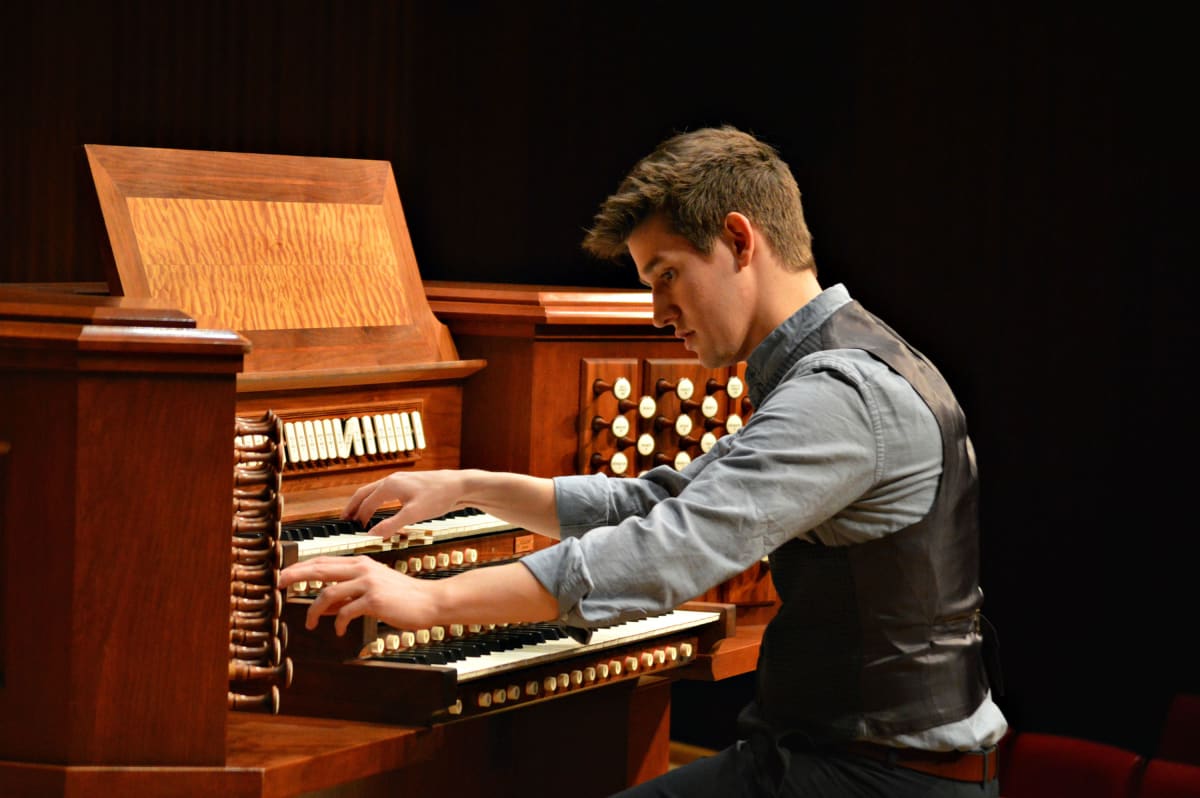
These recent choice perfectly capture our times. The first dance should ultimately, and personally, reflect the relationship between the bride and groom: whether it’s slow and sensuous waltz or inviting your nearest and dearest to join you in a flashmob.


